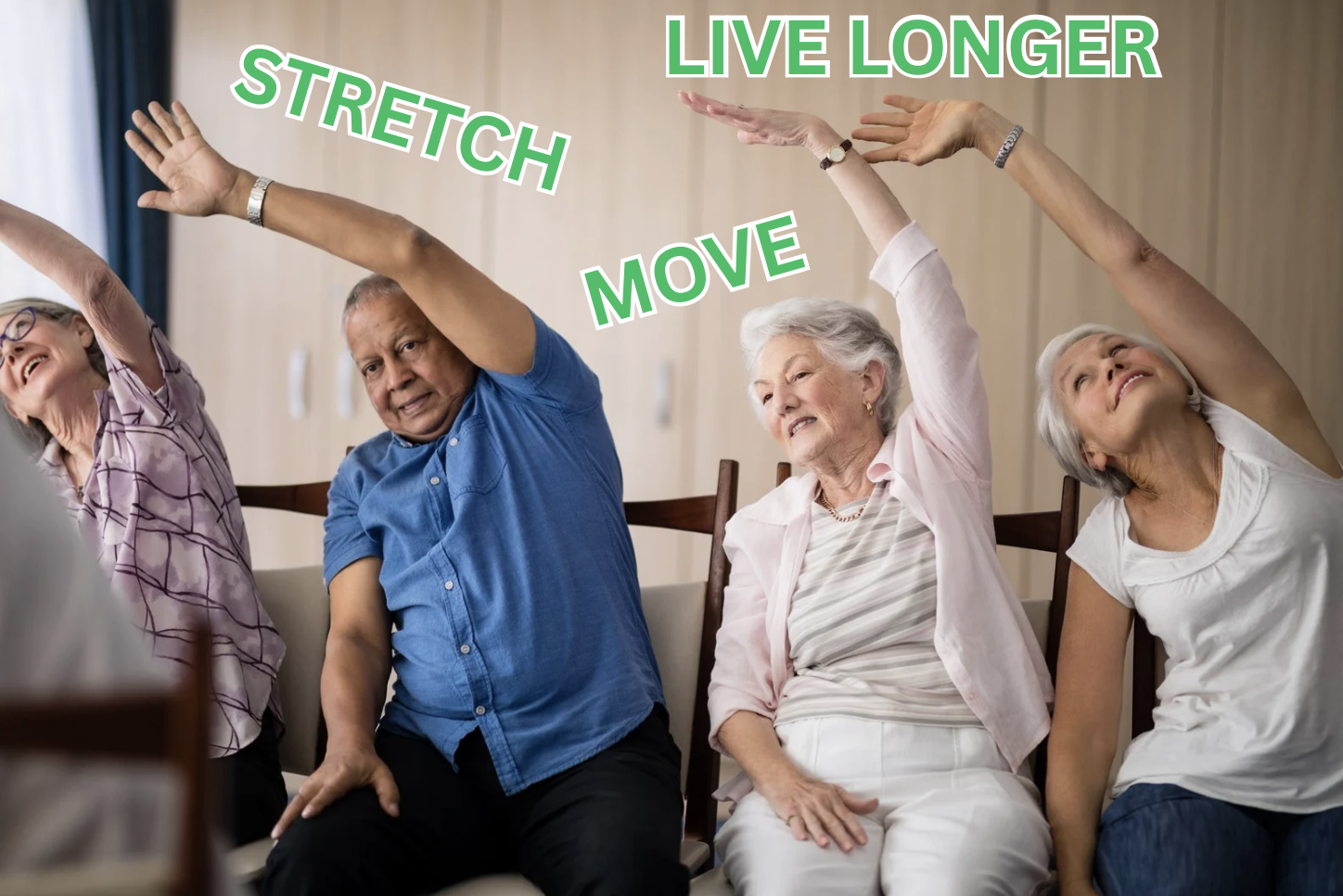Many people associate muscle loss with old age, imagining it begins in their 70s or 80s. But the truth is, muscle decline often starts much earlier—as early as your 30s.
This gradual loss of muscle mass and strength, known as sarcopenia, can quietly undermine your energy, mobility, and metabolism over time. The good news? With the right strategies, you can slow or even reverse this process naturally.
In this article, we’ll break down what causes early muscle loss, why it matters, and how to protect your strength for years to come.

When Does Muscle Loss Begin?
After about age 30, adults can begin losing as much as 3% to 5% of muscle mass per decade if no preventive action is taken [1]. That means you could lose up to 15% by your 50s without even realizing it—especially if you’re not regularly engaging in muscle-building activities.
Unlike age-related wrinkles or gray hair, sarcopenia develops silently. But its effects show up in subtle ways: everyday tasks feel harder, balance declines, metabolism slows, and recovery from illness or injury takes longer.
Why Early Muscle Loss Matters
Muscle isn’t just about strength or physique. It plays a vital role in multiple areas of health:
- Supports metabolism and healthy blood sugar regulation
- Promotes mobility, balance, and fall prevention
- Enhances immune response and resilience against illness
- Preserves bone density and joint support
Losing muscle too early can increase the risk of insulin resistance, weight gain, fatigue, and frailty later in life [2].

Key Contributors to Premature Muscle Loss
Several lifestyle and biological factors can accelerate muscle decline:
- Sedentary behavior or lack of resistance training
- Inadequate protein intake
- Chronic stress or poor sleep
- Hormonal shifts (testosterone, estrogen, growth hormone)
- Inflammation and oxidative stress
How to Fight Muscle Loss Naturally
The earlier you start protecting your muscle mass, the better. Here are the most effective science-backed strategies:
1. Strength Training
Resistance training is the gold standard for maintaining and rebuilding muscle. Aim for 2-3 sessions per week targeting all major muscle groups. Bodyweight exercises, resistance bands, and free weights are all effective options.
2. Protein Intake
Your body needs adequate protein to repair and build muscle tissue. Adults over 30 may benefit from increasing protein intake to 1.2–1.6 grams per kilogram of body weight daily, depending on activity levels [3].
Great sources include:
- Lean meats and poultry
- Fish and eggs
- Legumes and tofu
- Collagen and plant-based protein powders
3. Get Enough Sleep
Sleep is essential for muscle recovery and hormonal balance. Prioritize 7–9 hours of quality rest per night to support tissue repair and regulate muscle-building hormones like testosterone and growth hormone [4].
4. Manage Inflammation
Chronic inflammation can interfere with muscle synthesis. An anti-inflammatory diet rich in fruits, vegetables, omega-3s, and herbs like turmeric and ginger can help protect muscle tissue.
5. Stay Consistently Active
Even low-impact activities like walking, stretching, and yoga help preserve muscle and mobility. The key is staying active throughout the week and avoiding prolonged periods of inactivity.
Final Thoughts
Muscle loss doesn’t wait until your senior years to begin—it often starts in your 30s and accelerates without intervention. By prioritizing resistance training, protein, sleep, and anti-inflammatory habits now, you can stay strong, energized, and resilient well into the future.
References:
- Harvard Health. (2016). Preserve your muscle mass. https://www.health.harvard.edu/staying-healthy/preserve-your-muscle-mass
- Fielding, R., et al. (2011). Sarcopenia: an undiagnosed condition in older adults. Current consensus definition: prevalence, etiology, and consequences.
https://pubmed.ncbi.nlm.nih.gov/21527165/ - Prokopidis, K., et al. (2020). Impact of Protein Intake in Older Adults with Sarcopenia and Obesity: A Gut Microbiota Perspective. Nutrients, 5(6), 2275-2293.
https://www.mdpi.com/2072-6643/12/8/2285 - Dattilo, M., et al. (2011). Sleep and muscle recovery: endocrinological and molecular basis for a new and promising hypothesis.
https://pubmed.ncbi.nlm.nih.gov/21550729/





